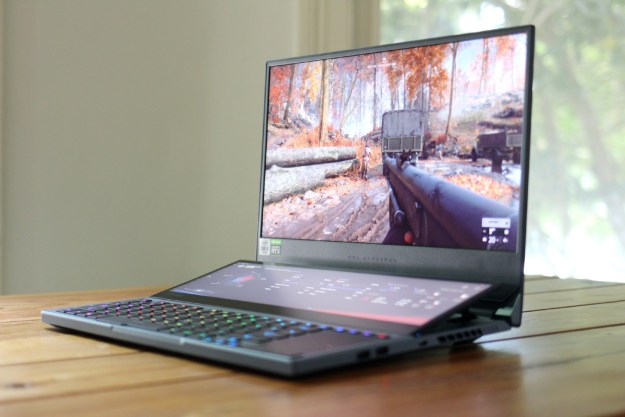The ambitious device claims to scan the objects and spaces in your vicinity, turning them into a set of “magical buttons” that can be set and toggled to control various appliances. Turn on your lights or turn off your speakers, set the temperature or reset your security cameras, all with gestures or simple taps.
“At Hayo we are all about bringing the unconventional to life,” says CEO Gisele Belliot, “We are committed to improving lives through spatial analysis technology, giving users the ability to create useful remote controls. Four core values that we want our community to experience are empowerment, adaptability, magic and collaboration, and Hayo is just the beginning.”
The Hayo is available now for pre-order from Indiegogo for $199, with an estimated delivery date of August.
Editors' Recommendations
- Dyson’s new AR mobile app shows where you forgot to clean
- The Home Connectivity Alliance wants to bring you the smart home of your dreams
- Snap partners with Camo app creator to bring AR streaming to your phone
- Pegasus and BlastDoor are why you need to update your Apple devices immediately
- Sony wants you to play your summer soundtrack on its new wireless speakers


